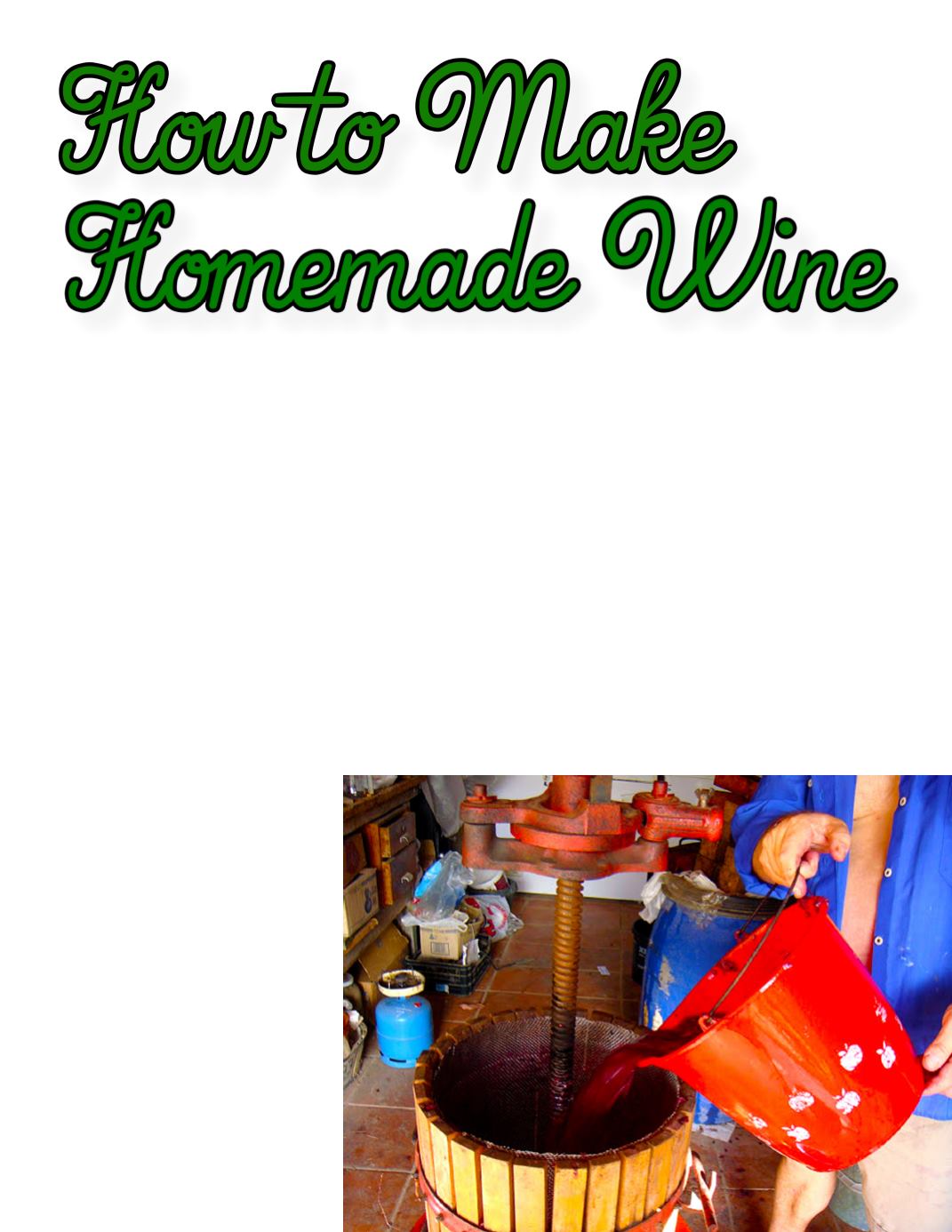

A
lmost everyone who has appreciated a good glass of
wine has romanced the notion of creating his or her own
vintage. However, for thousands of years, the production
of the “nectar of the gods” has been shrouded in mystery.
Yes, a few ambitious soles attempted to formulate their
own wines utilizing more chemistry skills than winemaking
know-how. The wines that they produced were interesting,
but not always worthy of an award at a wine show. But, the
vast majority of wine lovers simply left the process to the
professionals.
Fortunately, with the increased interest in everything related
to wine, home winemaking has become a very popular
hobby. New stores and online retailers specializing in home
winemaking and home brewing supplies are increasingly
common, and there are many books, periodicals, and web-
sites now available for aspiring winemakers.
The actual process of winemaking is fairly straightforward.
Traditional grape wines can be easily created, as well as
those from fruits and even vegetables and grains. It is
important to note that winemaking is not a hobby for those
who are impatient. Homemade wines require months and
sometimes years to reach their full drinking potential.
Before you begin to make your first batch of homemade
wine, you will need to purchase the right equipment.
One additive that is called for in almost
every wine recipe is a Campden
tablet. This is actually a sulfite that
prevents oxidation and growth of wild
yeast while promoting the growth of
cultured yeast.
Pectic enzyme is another common
additive used in fruit wines. It helps
promote flavor, aroma, and acid
extraction from the fruit. Tannin is also
frequently needed to add bite to white
wines. And, of course, sugar and yeast
are necessary to produce a wine’s
alcohol. Granulated sugar is the best
sugar for making wine. Avoid using
brown or powdered sugar. Some reci-
pes, however, do use honey instead
of sugar. The yeast that is required
for winemaking is different than bread
yeast. Ask your winemaking retailer
which variety is required for the type of
wine that you are making.
Once the additives have been blended
into the primary fermentation con-
tainer, the wine will begin fermenting.
This process usually lasts from 3 to 10
days during which time the container
should be covered loosely with a piece
of cloth and a rubber band around the














